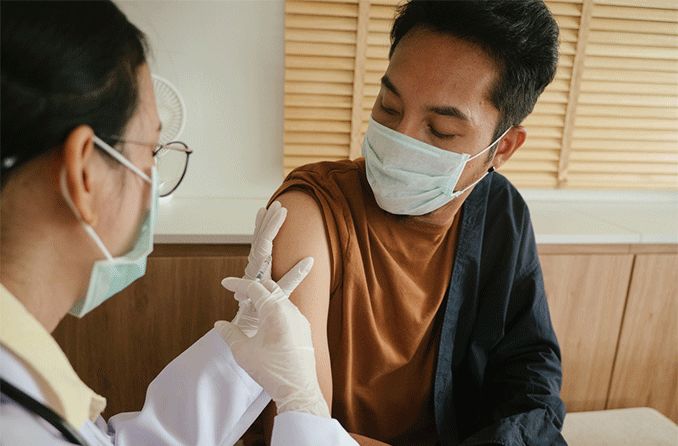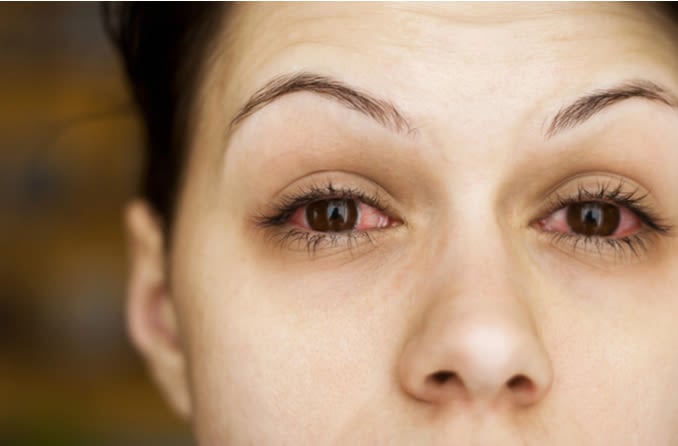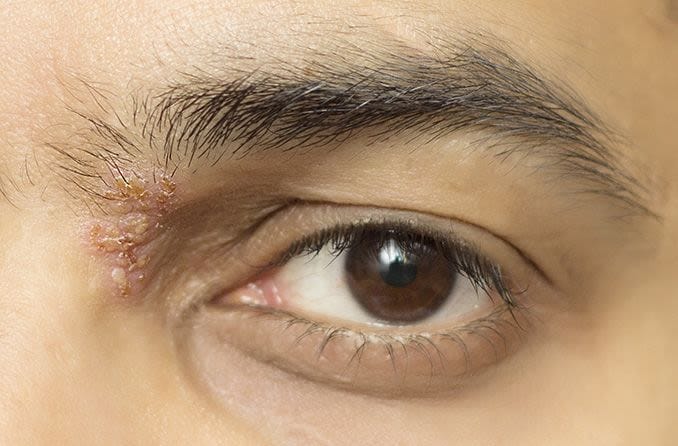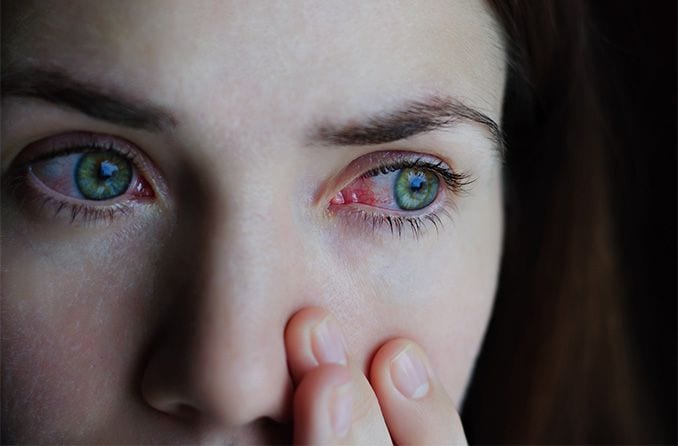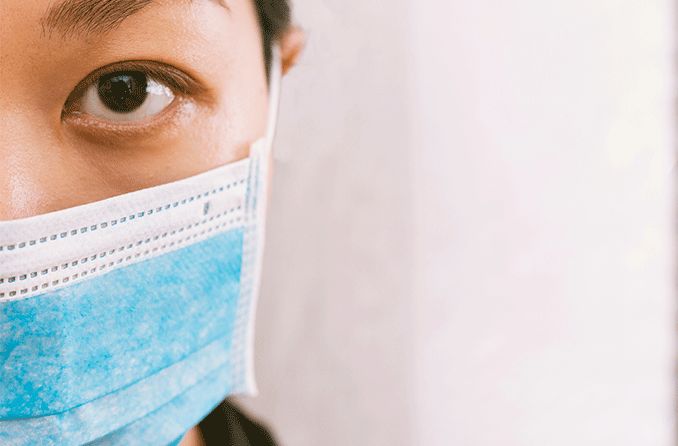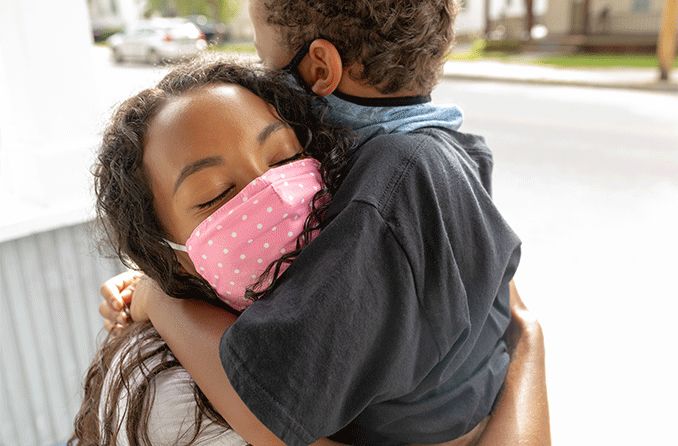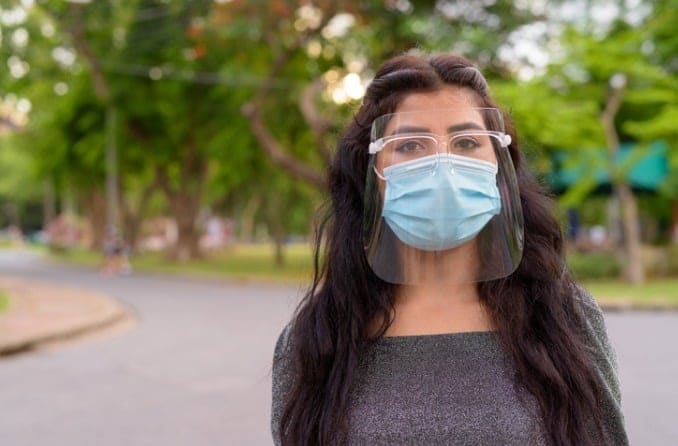Rare reactions to the Johnson & Johnson vaccine
The Johnson & Johnson (J&J) vaccine is no longer used or available in the U.S. Before its removal, it was linked to rare complications that could also have eye symptoms.
Very rarely, a blood-clotting condition called TTS could occur in the weeks following a Johnson & Johnson vaccination. TTS was extremely unlikely and occurred in about 4 in every 1 million adults.
Blurry vision can be a sign of TTS, along with several other symptoms.
An increase in the rare nerve condition Guillain-Barré syndrome was also seen in adults vaccinated with the J&J vaccine.
Guillain-Barré syndrome can cause eye-related symptoms, such as double vision and problems moving the eyes, in addition to other neurological symptoms.
Eye problems connected to other vaccines
While the COVID-19 vaccines have, so far, not caused notable side effects related to vision, vaccines for several other conditions have been linked to eye and vision problems.
Seasonal flu vaccine
In rare cases, some patients who’ve received the flu vaccine experienced mild symptoms, like eye redness, eye pain and blurred vision.
Common side effects of the flu vaccine include:
- Soreness, redness or swelling at the injection spot
- Headache
- Fever
- Nausea
- Muscle aches
Measles-mumps-rubella (MMR) vaccine
Some research has shown that optic neuritis is a rare complication from the measles-rubella (MR) vaccine. Optic neuritis is inflammation affecting the optic nerve that sends signals from the back of the eye to the brain.
Common side effects of the MMR vaccine include:
- Fever
- Mild rash
- Swollen cheek or neck gland
- Temporary joint pain (mostly in teenage and adult females)
Rare side effects include short-term seizures and low platelet count. In extremely rare cases, the MMR vaccine can cause deafness, long-term seizures, coma or brain damage.
Chickenpox and shingles vaccines
One study found rare instances of corneal inflammation in children (chickenpox) and adults (shingles) after they received the zoster virus vaccine for both conditions.
Common side effects from the chickenpox vaccine include:
- Soreness and a mild rash at the injection spot
- Temporary joint pain and stiffness
- Fever
For the shingles vaccine, common side effects are:
- Soreness, redness and swelling at the injection site
- Tiredness
- Muscle pain
- Headache
- Shivering
- Fever
- Stomach pain and nausea
Measles can cause eye problems
Around the world, measles causes as many as 60,000 cases of blindness each year, according to the American Academy of Ophthalmology (AAO). Other potential vision issues associated with measles include:
- Red and watery eyes triggered by pink eye (conjunctivitis)
- Keratitis and scarring of the cornea
- Retinopathy
- Optic neuritis
- Childhood blindness
The measles vaccine is the best option for preventing the disease and, therefore, preventing measles-related vision problems.
SEE RELATED: 6 ways measles can affect eyesight
Shingles vaccine can prevent vision problems
The AAO recommends that people 50 and over get the shingles vaccine to prevent an “extremely painful and disfiguring complication” called herpes zoster ophthalmicus, which can cause blindness.
If the shingles virus infects the nerves of the eye, the AAO says it can lead to:
SEE RELATED: Shingles in the eye (ocular shingles)
Eye care professionals respond to COVID-19
Those and other side effects aren’t stopping eye care professionals in the U.S. from rolling up their sleeves to receive COVID-19 shots or to even administer the vaccinations.
In a December 2, 2020, letter to the head of the U.S. Department of Health and Human Services, Dr. William Reynolds, president of the American Optometric Association, wrote that the organization’s members “stand ready to assist the public and aid the nation’s health care community in the response to the COVID-19 outbreak.”
Ophthalmologists in the U.S. are also engaged in the fight against COVID-19.
Dr. William Culbertson, professor of ophthalmology at the Bascom Palmer Eye Institute in Miami, told Ophthalmology Times that ophthalmologists and staff at the institute started receiving vaccinations on December 15, 2020.
“Although we are not frontline health care providers, we all see patients face to face at the slit lamp and in surgery, so we have all been at substantial risk until we get vaccinated,” Culbertson said.
In addition, at least one ophthalmologist — Dr. Jorge Arroyo of Boston’s Beth Israel Deaconess Medical Center — participated in the trial of the Moderna vaccine for COVID-19.
It was a 34-year-old Chinese ophthalmologist, Li Wenliang, who was among the first to warn the world about the coronavirus outbreak in late December 2019. Dr. Li died of complications from the disease only a few weeks later.
COVID eye problems in children
While COVID-19 vaccines haven’t been tied to serious vision issues, researchers have detected eye problems in a number of children with the disease itself.
A recent review of multiple studies found that the most common eye problems in children included:
Currently, the most common pediatric symptoms overall are fever and cough, according to the CDC.
There is no evidence to date of eye problems in children from COVID-19 vaccines.
READ NEXT: The delta variant and your eyes

